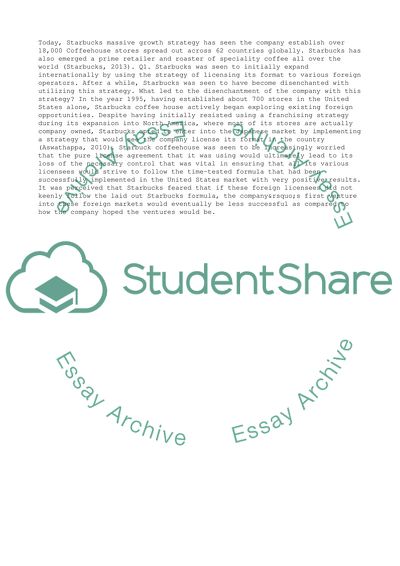Cite this document
(The Starbucks Coffeehouse Company and the Combination of Various Essay - 23, n.d.)
The Starbucks Coffeehouse Company and the Combination of Various Essay - 23. Retrieved from https://studentshare.org/business/1799797-international-business
The Starbucks Coffeehouse Company and the Combination of Various Essay - 23. Retrieved from https://studentshare.org/business/1799797-international-business
(The Starbucks Coffeehouse Company and the Combination of Various Essay - 23)
The Starbucks Coffeehouse Company and the Combination of Various Essay - 23. https://studentshare.org/business/1799797-international-business.
The Starbucks Coffeehouse Company and the Combination of Various Essay - 23. https://studentshare.org/business/1799797-international-business.
“The Starbucks Coffeehouse Company and the Combination of Various Essay - 23”, n.d. https://studentshare.org/business/1799797-international-business.


